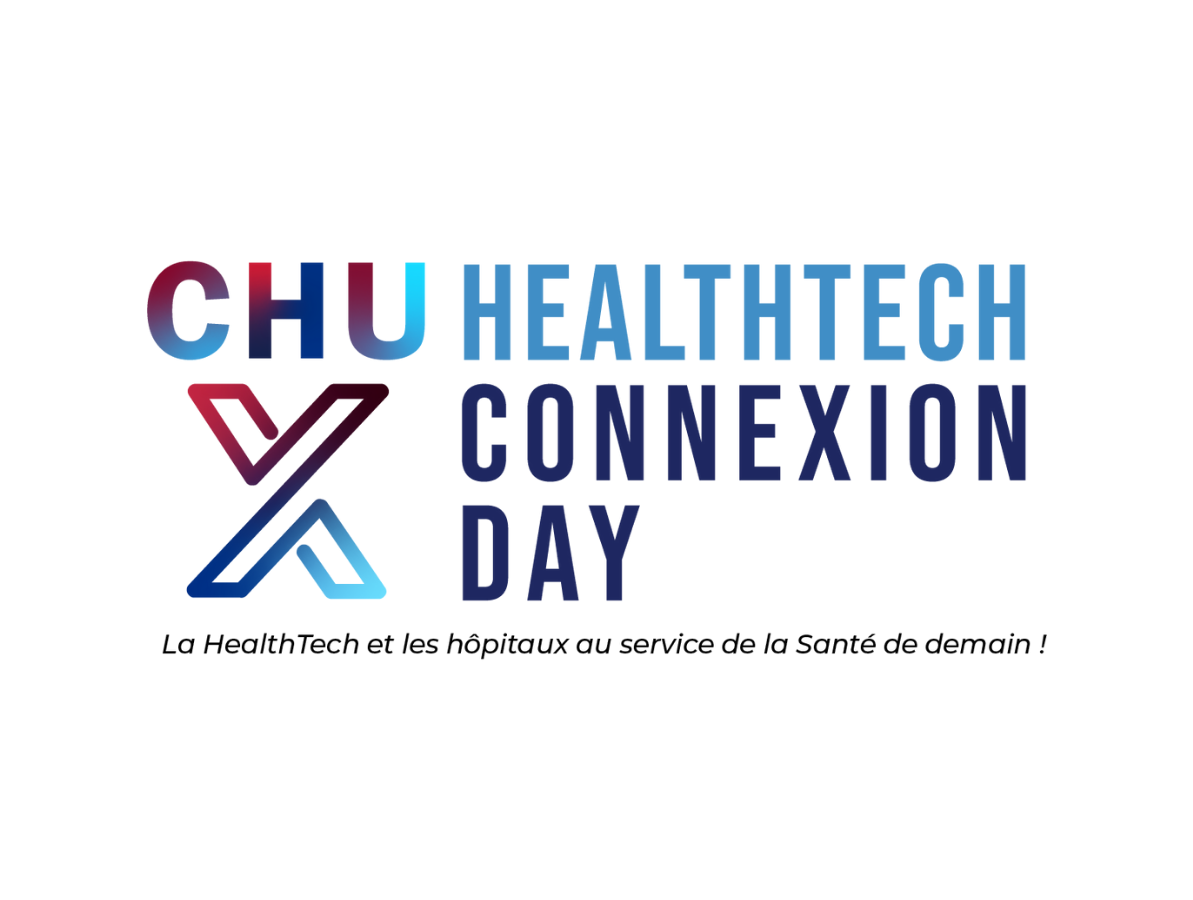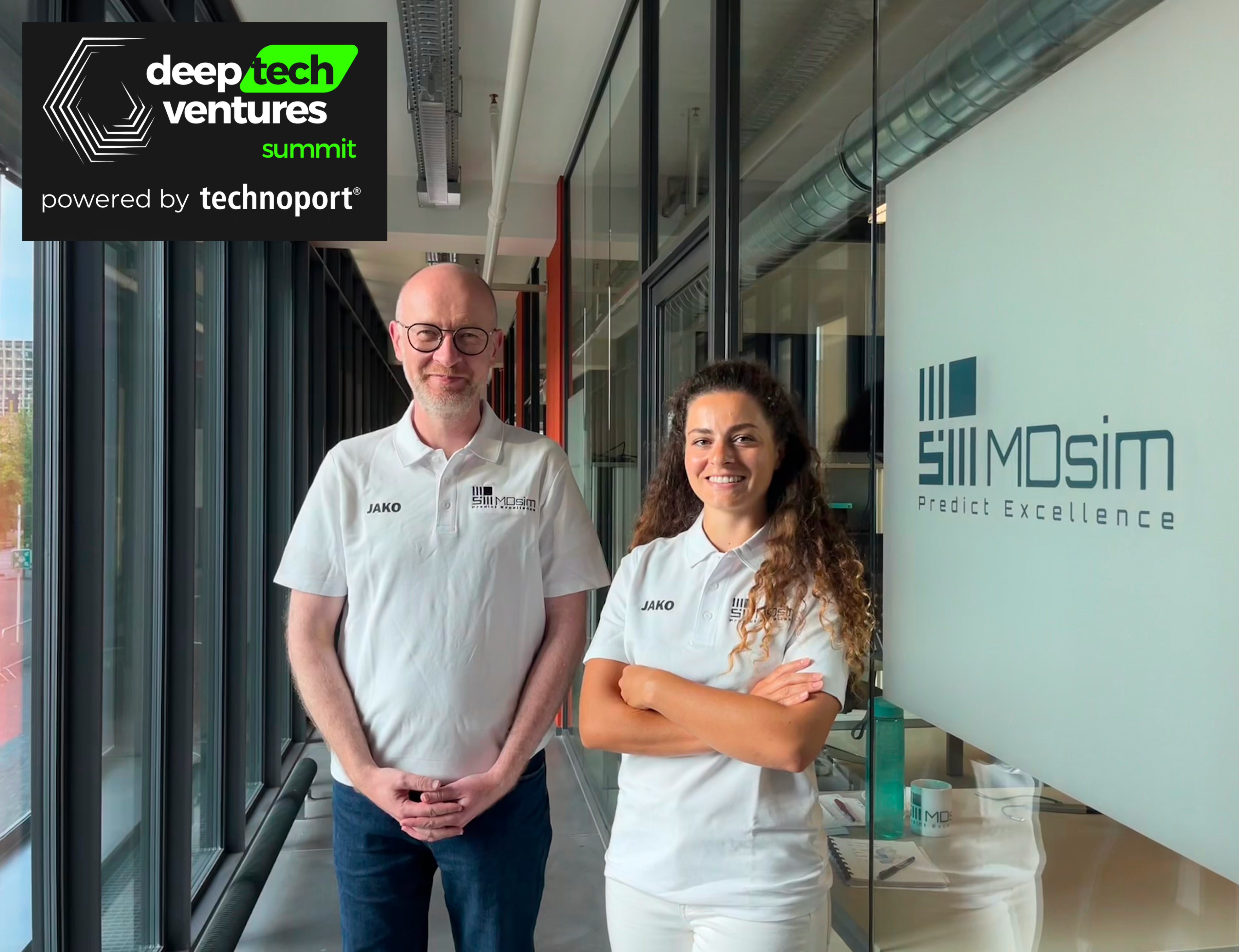
Enhancing Collaboration with CHU Lille at HealthTech Connexion Day
MDsim participated in the CHU HealthTech Connexion Day #3, held at the Grand Palais in Lille on December 2, 2024. This annual event, organized under the patronage of Emmanuel Macron, connects hospital professionals and health innovators across France to shape the future of healthcare.
Our CEO, Roger Assaker, contributed to the insightful session titled “Secondary use of health data: what organization and what applications for research and innovation?”. The discussion explored the opportunities and challenges of leveraging secondary health data for research and innovation, a central topic to our mission at MDsim.
Collaboration with CHU Lille: a Foundation for Innovation
Our partnership with CHU Lille, one of France’s leading university hospitals, plays a pivotal role in advancing our work. By granting access to anonymized CT scans and X-rays, CHU Lille enables MDsim to harness high-quality data essential for training and validating our AI models. The dataset of medical images includes a wide range of cases, such as patients with spine deformities, degeneration, and prior spine fusions. This diversity enables us to refine our algorithms for optimal accuracy and reliability, even when applied to individuals with complex or critical conditions.
Additionally, we conduct retrospective validation on historical data to ensure our solutions meet the stringent standards required for clinical practice. This process involves applying our algorithms to pre-surgical medical images to simulate and predict patient outcomes. The predicted results are then compared to actual post-surgery data in order to evaluate the accuracy, reliability, and clinical relevance of our technology.
Shaping the Future of Spine Health
This collaboration allows MDsim to build innovative tools for spine care and surgical planning, highlighting the powerful synergy between healthcare institutions and technological innovators. It also highlights the important role of ethical and responsible use of secondary health data in driving medical innovation, ensuring that technological progress goes hand in hand with safeguarding patient privacy and trust.






Leave a Reply